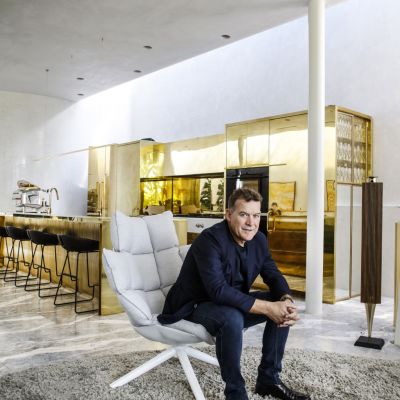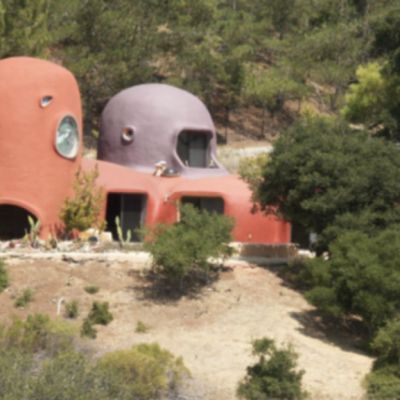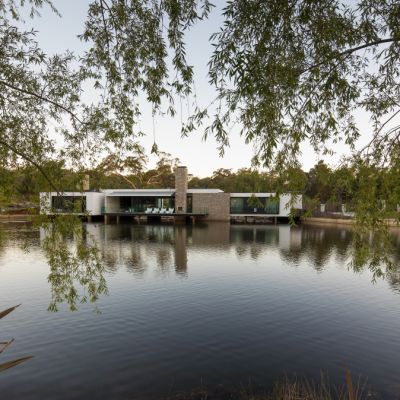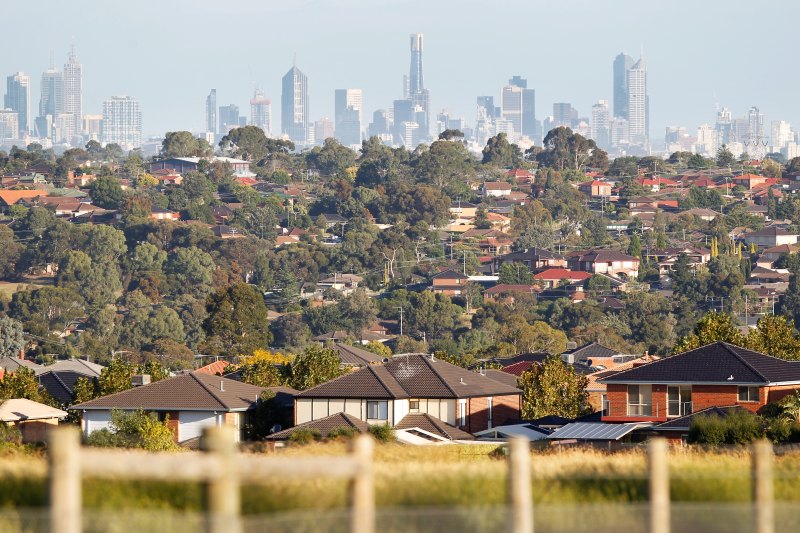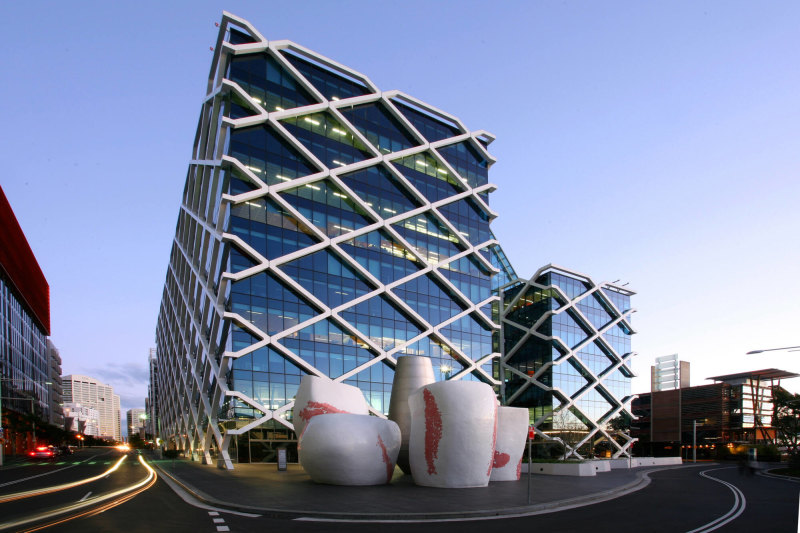Architect got 'lost' on 500 hectares, so he made the house bright red
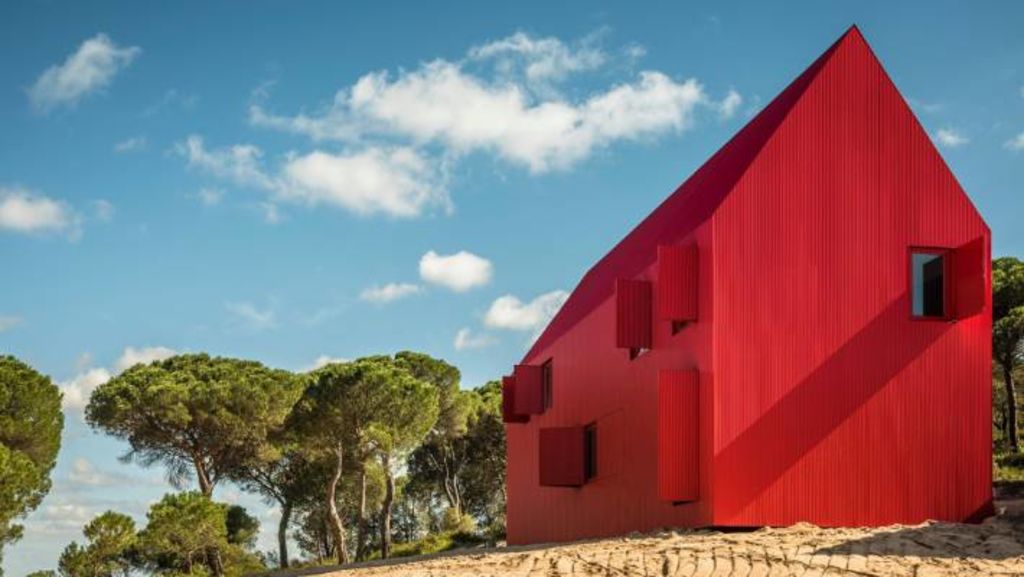
Not every landscape has a reference point that acts as a wayfinder.
And that was precisely the case for this site in Alcácer do Sal, Portugal – it’s an arid, 500 hectare tract of land, 7km from the nearest town. And it’s dotted with hundreds of cork oaks and umbrella pines.
As architect Luís Rebelo de Andrade found: “The resulting landscape is uniform in every direction and it is easier to lose your car at Herdade da Considerada than in a supermarket carpark.
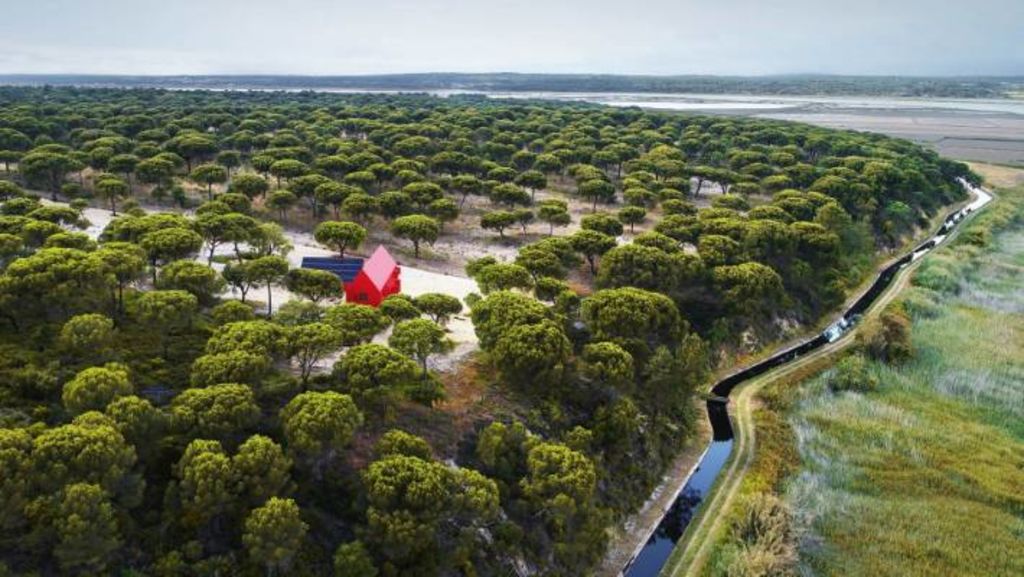
“This experience led to a key idea that informed the entire project – in the absence of geodesic markers, which nature did not offer Herdade da Considerada, it is architecture that takes the place of the reference points that from time immemorial have guided man, complementing the landscape with a building that is overwhelmingly visible.
Rebelo de Andrade says with its gable roof, doors and windows, the exterior of the 400 square-metre “House 3000” seems as childlike as the drawings children produce even before primary school.
“This apparent simplicity is actually based on the collective and romantic imagery we all share: the house on the prairie,” he says. “The life of the pioneers and settlers of the American Far West, so often depicted in westerns, live on in our constitutive memory, in spite of the time and of the intentional awareness we might have about them.”
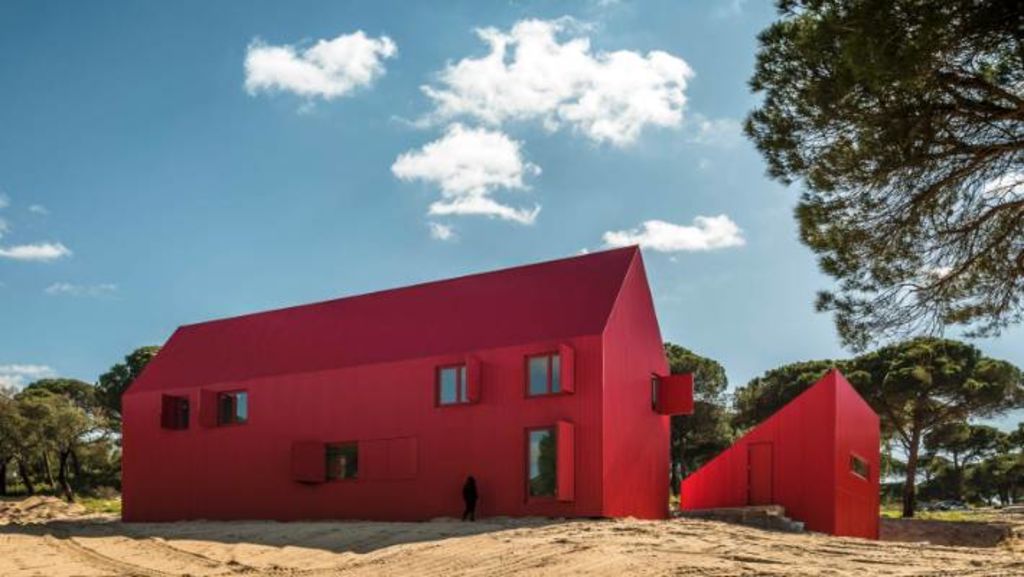
While the bright red exterior is a full-on visual experience, the interior has a much more subdued, neutral base. There’s an emphasis on natural materials, including light timber panelling and floors.
Designing a house that would be easy to find wasn’t the only part of the brief. The house itself and the farm building were designed to minimise building times and costs, and to maximise energy sustainability.
Solar panels and thermal collectors produce more energy than the house consumes.
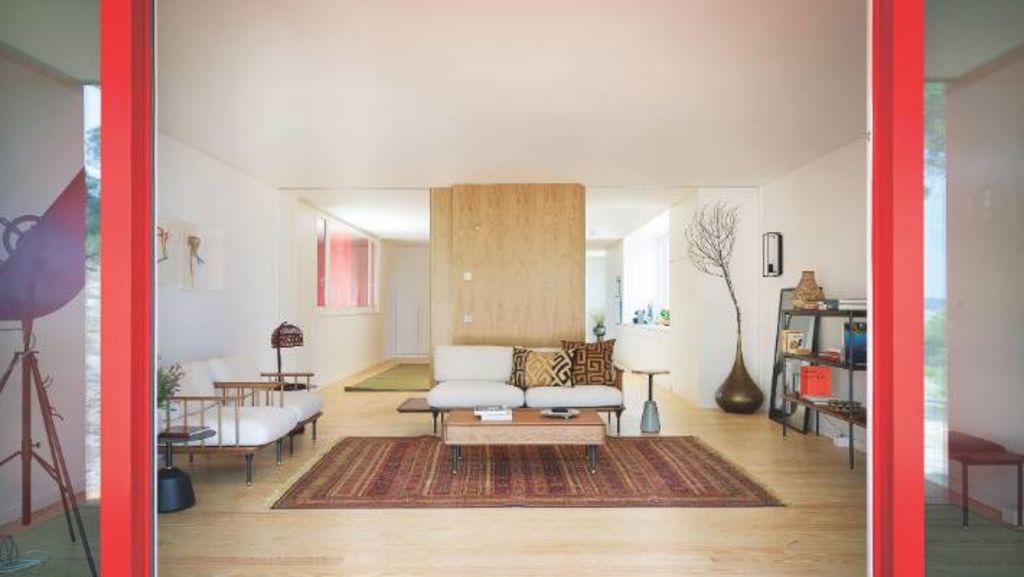
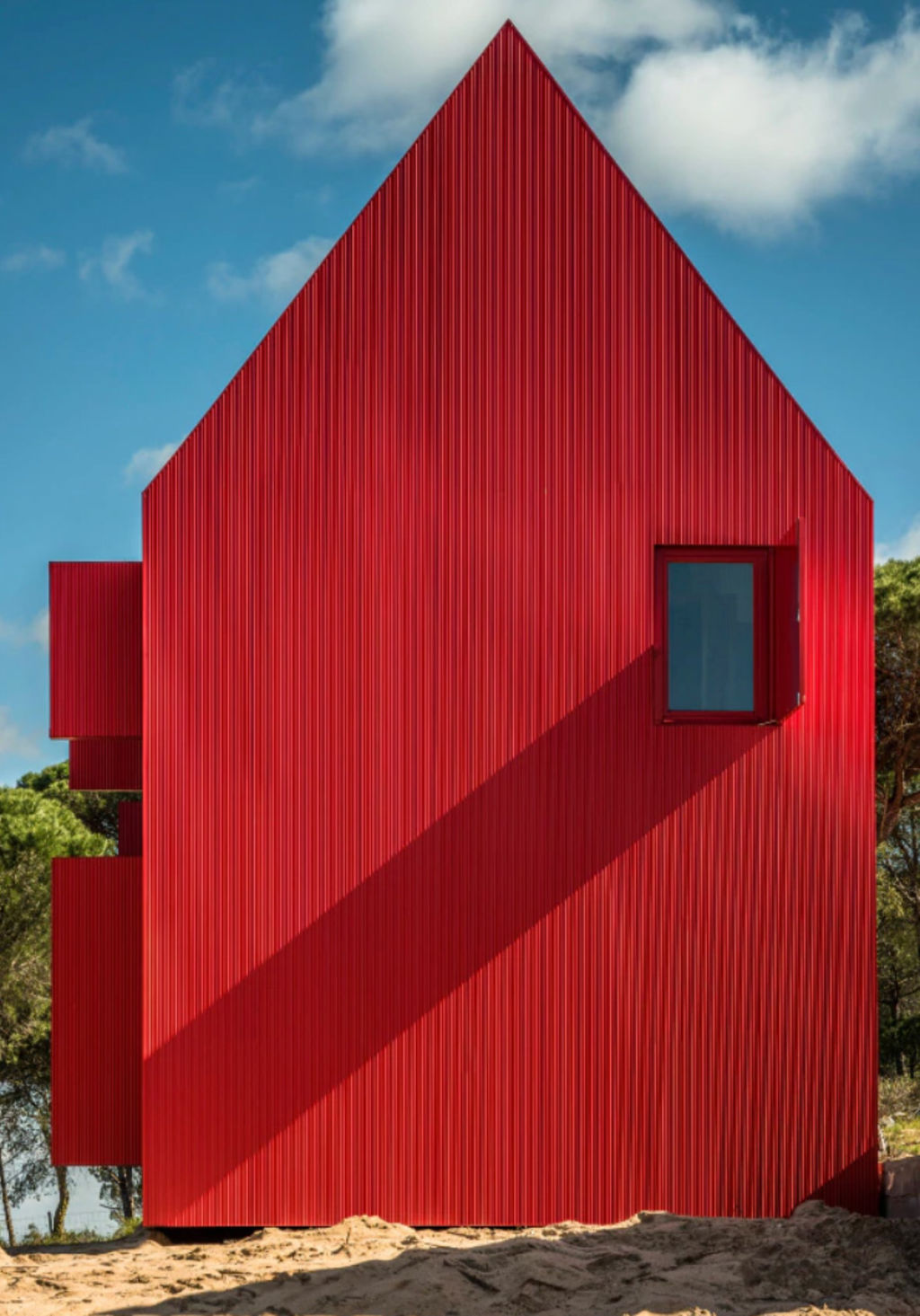
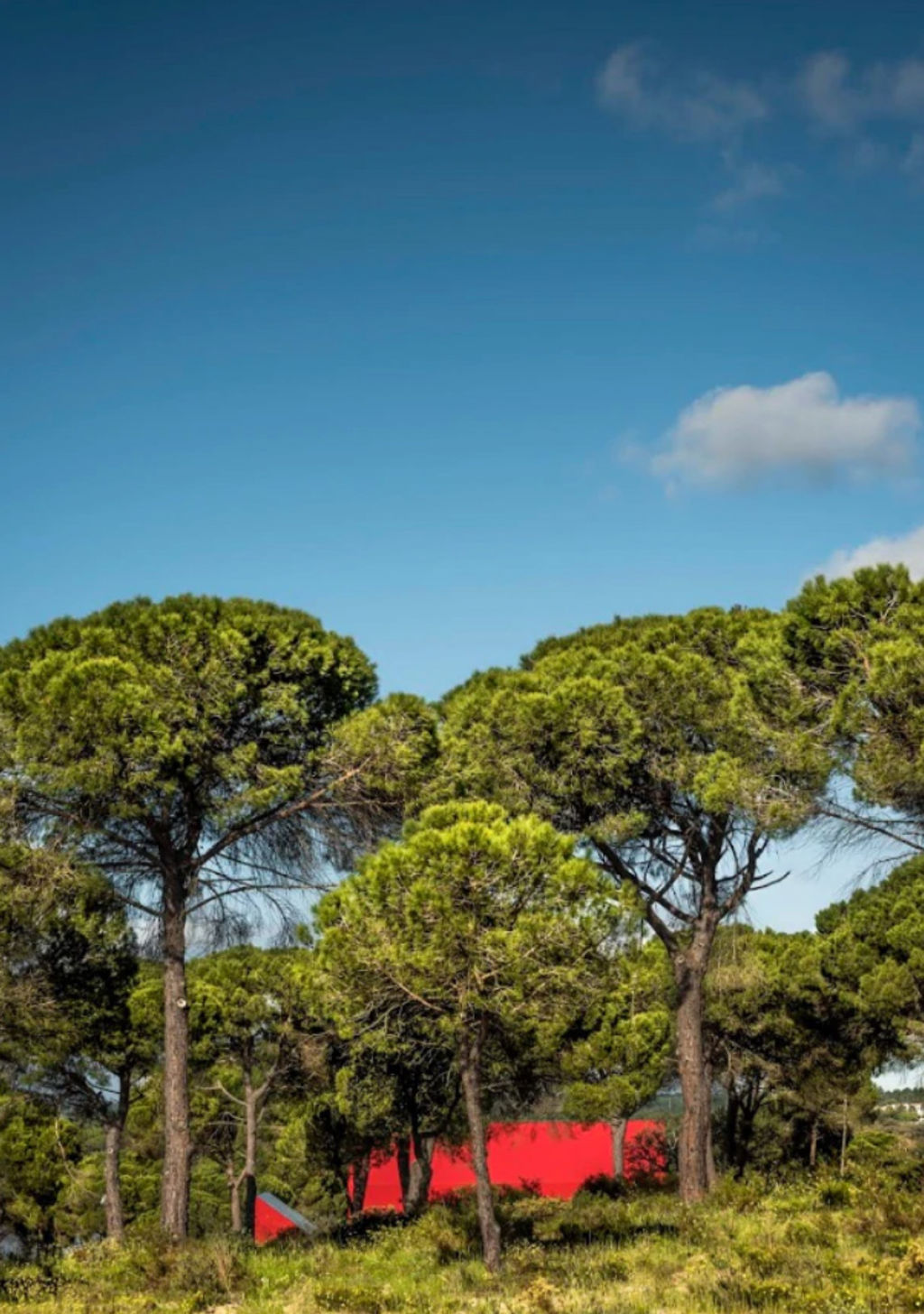
Architecture: Luís Rebelo de Andrade, Joana Varajão, Filipe Ferreira, Rebelo de Andrade Architectural and Design Studio
Photography: João Guimarães – JG Photography, Carlos Cezanne, Tiago Rebelo de Andrade
We recommend
States
Capital Cities
Capital Cities - Rentals
Popular Areas
Allhomes
More
